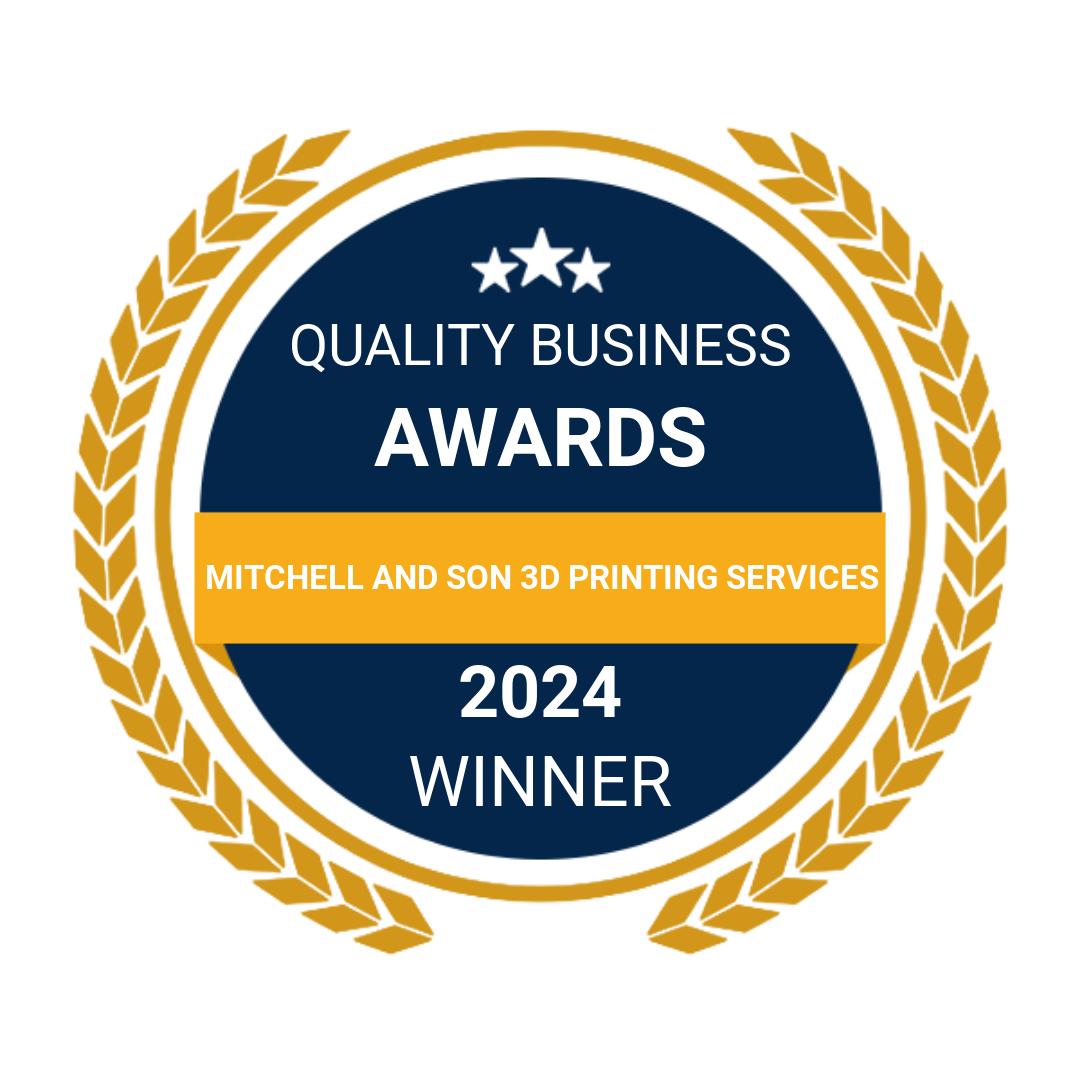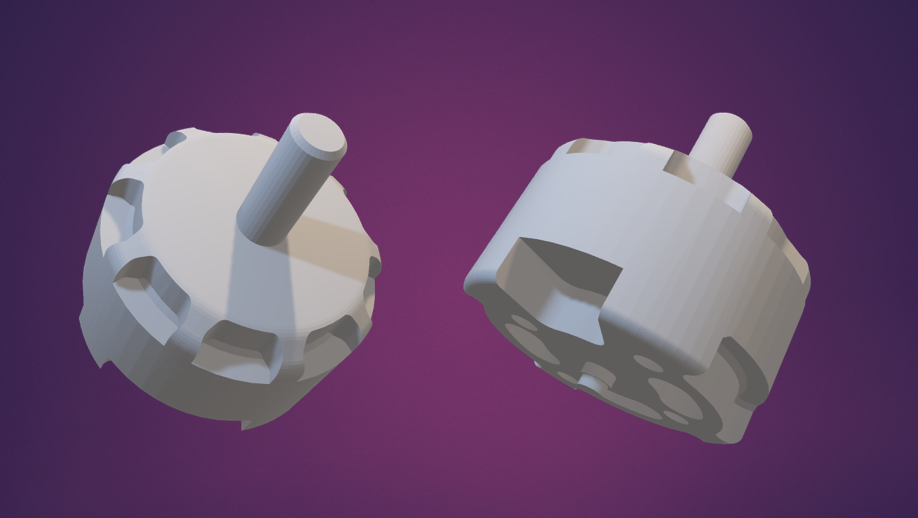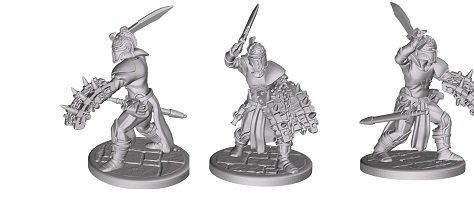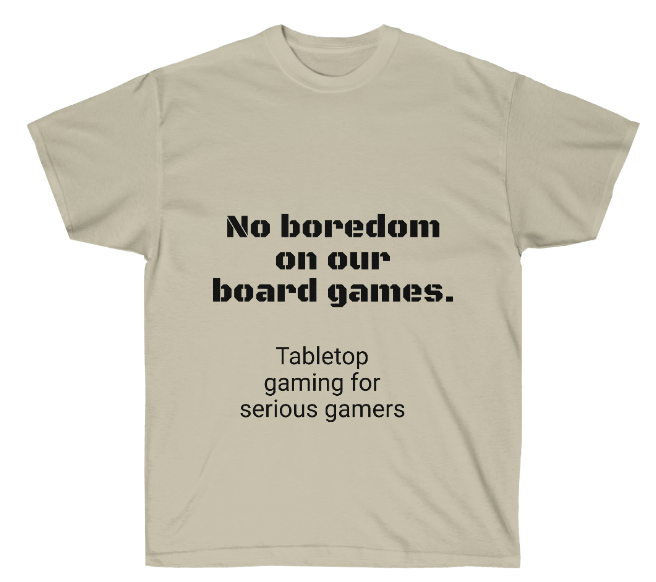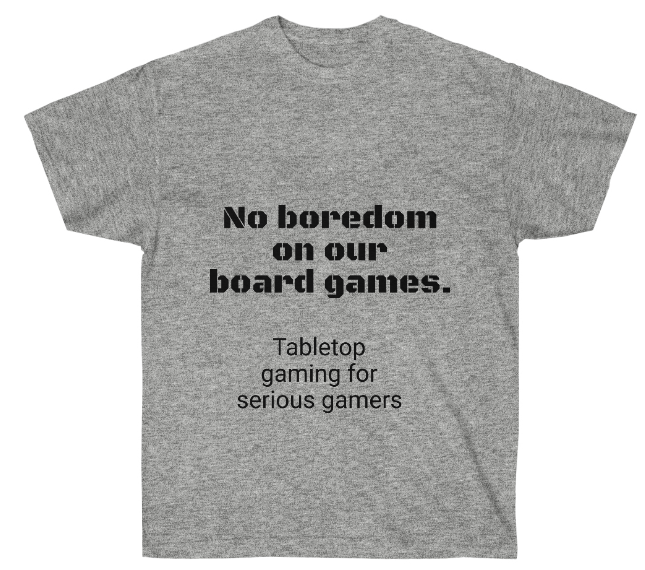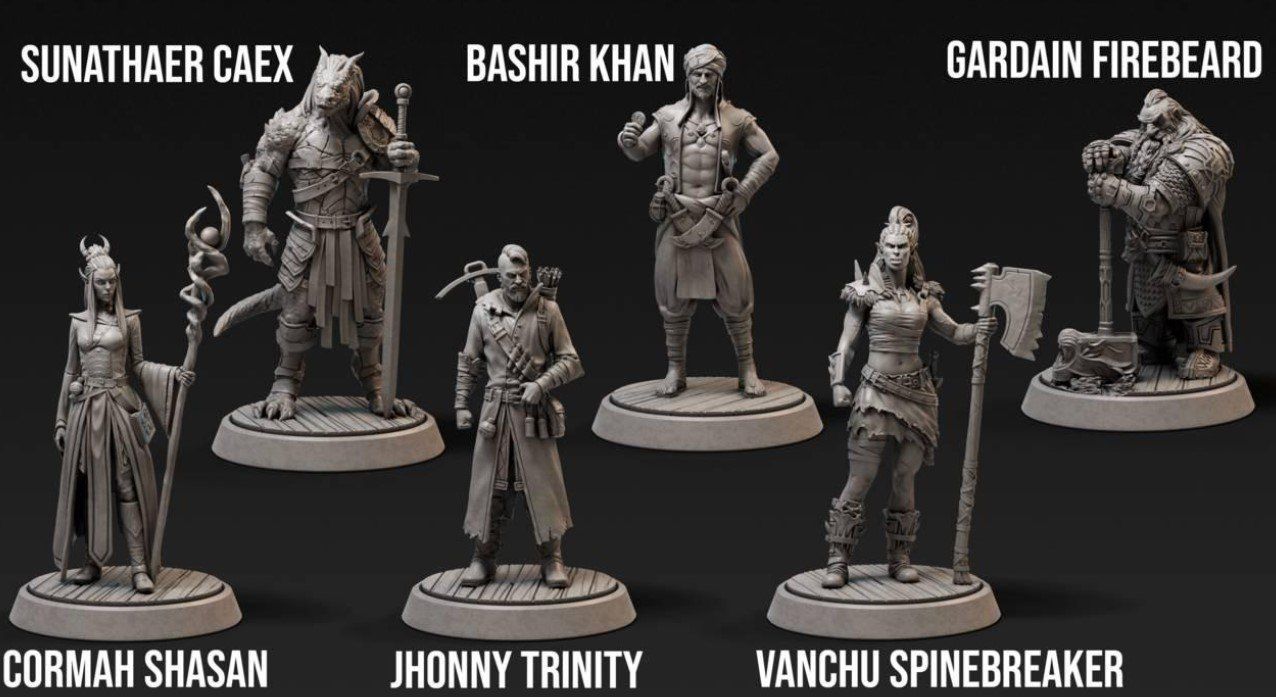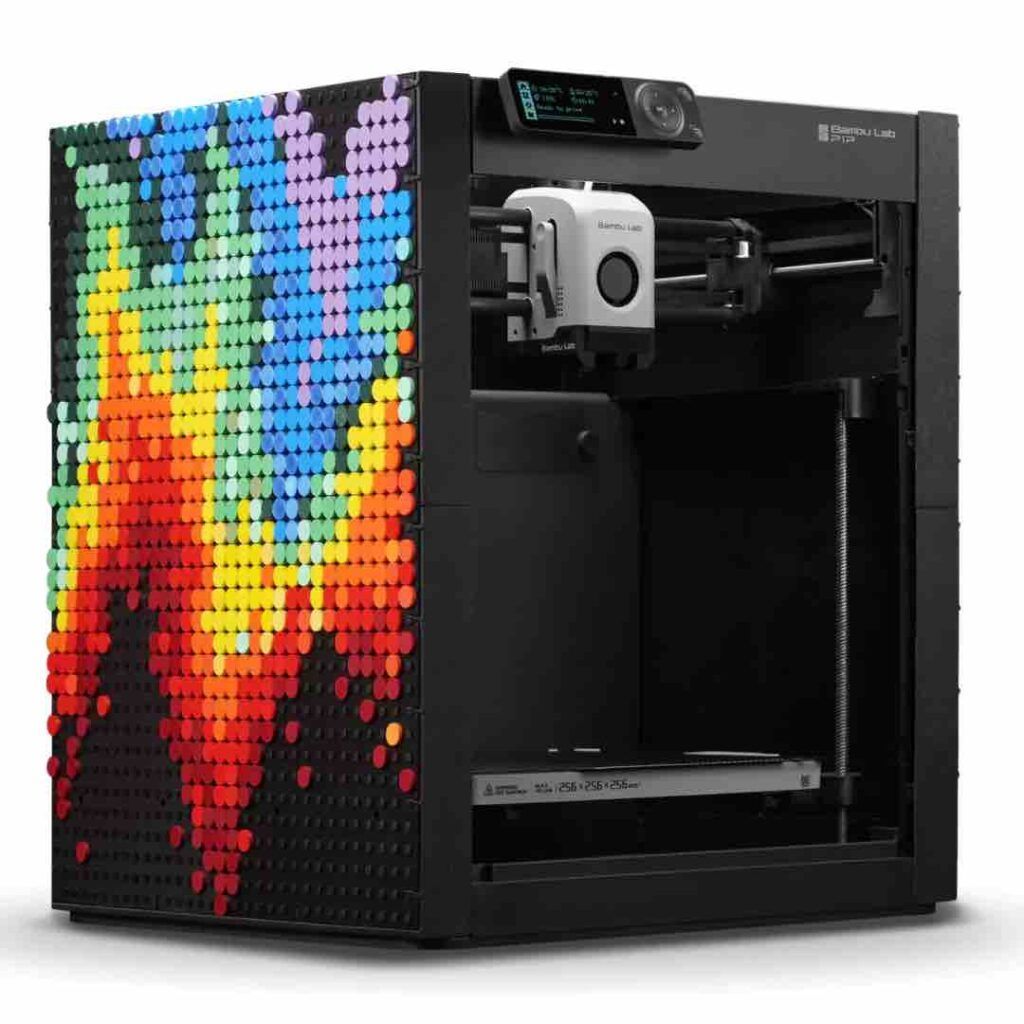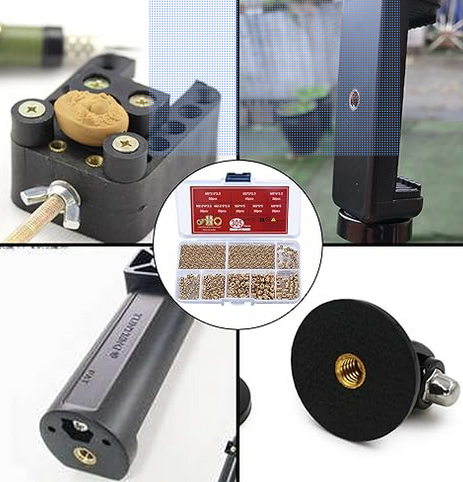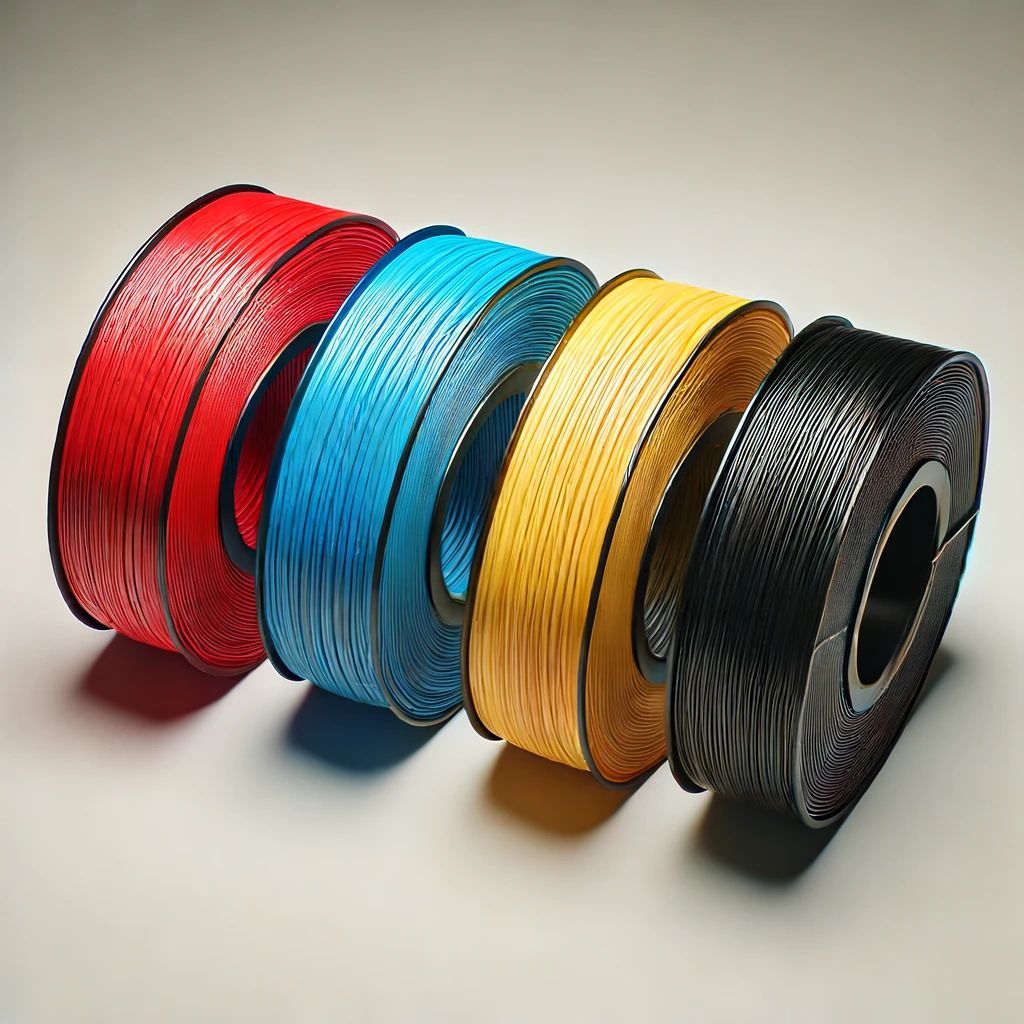3D Printed Miniatures
RAPID PROTOTYPING & SMALL BATCH PRODUCTION
Rapid prototyping serves as an invaluable tool for businesses aiming to swiftly iterate and test their product designs, enabling them to refine concepts and identify improvements efficiently. For small batch production runs, 3D printing technologies (FDM) and (SLS) provide a cost-effective and agile solution, enabling companies to produce limited quantities of customized components or products without the need for expensive tooling or lengthy setup times
Fused Deposition Modeling
or FDM 3D Printing
FDM printers work by heating a thermoplastic filament to its melting point and then extruding it, layer by layer, to create a three dimensional object.
FDM printers are relatively inexpensive and easy to use, making them a popular choice for home and small-scale 3D printing

Stereolithography (SLA)
Stereolithography works by using a photopolymer resin that is cured by exposure to light.
The machine traces out the desired geometry layer by layer using a computer-controlled moving laser beam.
The beam is directed by mirrors that are positioned around the build platform.
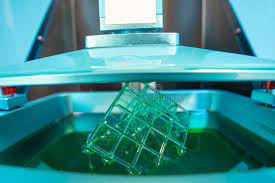
CAD DESIGN & REVERSE ENGINEERING
When it comes to certain projects, a computer-aided design, or CAD, can be extremely beneficial. A main advantage to using CAD is the fact that it provides experts with greater accuracy. This is done by replacing manual drafting with electronic design software, such as SketchUp, Fusion 360, or AutoCAD Design Edition.
CLICK ON THE BUTTON TO BUY OUR UNISEX TABLETOP GAMING T-SHIRT - AVAILABLE THROUGH ESTY
Crafting Your Own Tabletop Figurines: The Most Important Aspects You Need To Know
Are you an aspiring tabletop gamer looking to recreate your favorite characters in the form of figurines?
If so, crafting your own figurines can be a great way to bring your imagination to life and bring a unique twist to your tabletop gaming experience. Crafting your own figurines requires more than just the materials needed to create them.
It requires knowledge of the most important aspects such as the materials to use, the tools to assemble, and the techniques to paint and finish. Knowing these aspects and mastering them can make the difference between a good figurine and a great one. With this guide, you’ll be able to craft figurines that you can be proud of and that will bring your tabletop gaming experience to the next level.
Why craft your own tabletop figurines?
The desire to craft figurines is many times a passion for the character itself, or an admiration for the artwork and creators of it. Figurines are a great way to bring these characters to life and to re-experience these characters and stories again in a new way.
You can also reenact your favorite tabletop games with figurines such as Dungeons & Dragons, Pathfinder, or World of Warcraft. Figurines can also be used in other ways such as a pet figurine to add to your existing collection or to create an office figurine display.
Figurines can also act as souvenirs that you can take with you when you travel, making it easier to bring back home memories with you.
What materials do you need?
- Sculpting Clay: There are many types of clay that you can use for crafting figurines. The type of clay you choose should be based on your desired results. Each clay type has its advantages and disadvantages, and you should match your clay type to the desired result you are looking for.
The type of clay you choose should also be based on the aesthetic results you’re looking for while crafting your figurines.
- Polymer Clay: This is the clay that you’ll be using for the majority of your figurine creations. It is the go-to clay for beginners because it is easy to work with. It can be coloured using wax or liquid clay colouring. You can also add other things like glitter for special effects. More advanced users can opt to use other clay types.
- Sculpey: This is a clay that has properties similar to polymer clay, but it is softer and easier to work with. Sculpey has a more matte texture than polymer clay and has a matte finish when used with other dyes and colours.
- Clay: Clay is a more rigid and dense material than polymer clay and is great for more advanced figurine makers. The beauty of clay is that it has a natural look and is handcrafted.
What tools are necessary for assembly?
- Craft Knife: This is a tool that you’ll use to cut your sculpting clay.
- Tile Cutter: This is a tool that you’ll use to cut the clay tiles you’ll use as the base for your figurine.
- Modelling Knife: This is a tool that you’ll use for sharpening your other tools and for smoothing out your figurine’s details.
- Wire Cutters: This is a tool that you’ll use to remove the clay from the tiles once the figurine is completed.
What techniques are used for painting and finishing?
- Washing: This is the process of washing your figurine to remove any dust particles and any excess clay from your figurine. This will also blend your colours or add special effects to your figurine.
- Dipping: This is the process of submerging your figurine in a water-based glaze or acrylic paint to create a glossy finish.
- Drybrushing: This is the process of brushing on glaze or paint using a dry brush to create a more textured look.
- Glazing: This is the process of submerging your figurine in a glaze to create a shiny finish.
What are the important steps in the process?
- Creating the clay model: You’ll start by creating a clay model of your character. This is often referred to as the sculpture. The clay model is used to sculpt the figurine using the clay texture. The model also determines the finished size of your figurine.
- Sculpting: Once the model of the figurine is created, you’ll use the sculpting clay to create the figurine. The sculpting process will be done on the clay model. The sculpting clay can be coloured, textured, and have certain additives. This is done to give the figurine more depth.
- Firing: Firing is the process of baking the figurine to create a hard surface with a glossy finish.
- Finishing: Finishing is the process of applying glaze to the figurine to create a shiny finish.
This can also be done using a spray or with a wet palette.
What are the best ways to display your figurines?
Figurines can be used in a wide array of ways. You can keep them as a decorative item on your desk at work or at home, or take them to conventions and Comic-Con-like events. You could also go to school and make a classroom display of your figurines.
Figurines can be used as gifts, or even used in competitions.
Figurines can also be used in fantasy-themed weddings. Whatever way you choose to use figurines, they can be an amazing way to bring your imagination to life.
Resources to further your knowledge and skills
- This is an online figurine making community that offers plenty of figurine making tutorials and tips.
- This is a figurine making website that offers great resources for figurine makers.
- This is a figurine making app that allows you to create figurines in a variety of ways.
Conclusion
As you can see, the process of crafting your own figurine is one that can bring something special to your tabletop gaming experience. From the figurine itself to the materials to create it, you can craft a figurine that will be a highlight for years to come.
They can also be used in other ways such as a pet figurine to add to your existing collection or to create an office figurine display.
In order to craft your own figurines, you’ll need to choose the type of clay to use and the tools to assemble the figurine.
When crafting a figurine, you can use a combination of polymer clay and other types of clay.
These types of figurines are often referred to as mixed media or hybrid figurines.

